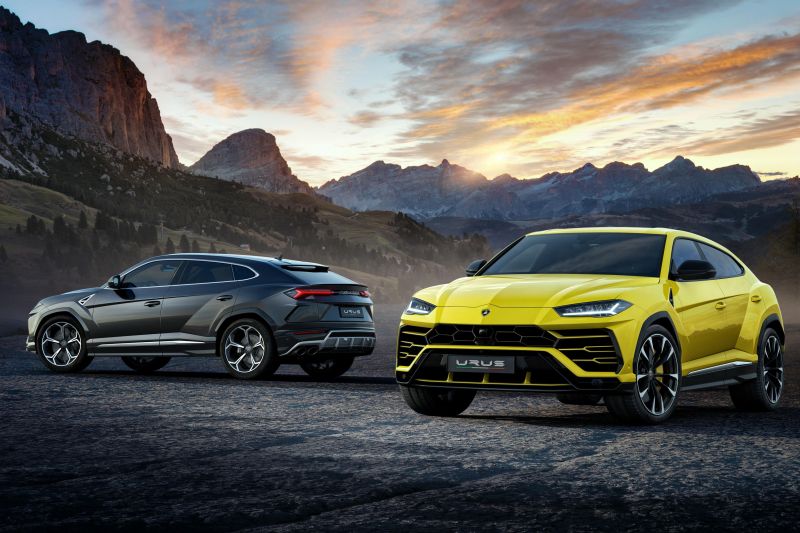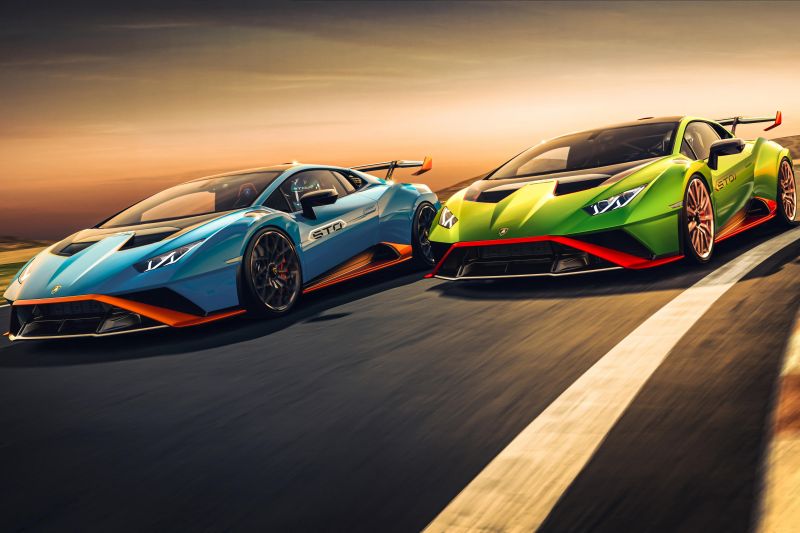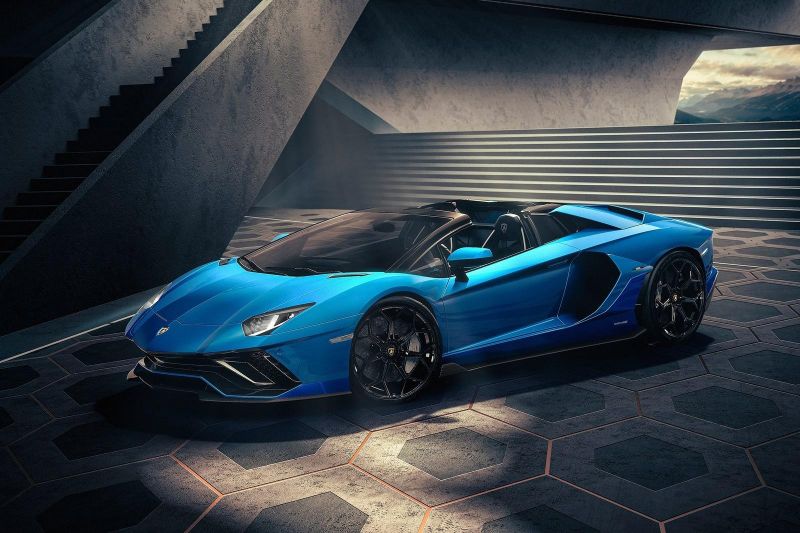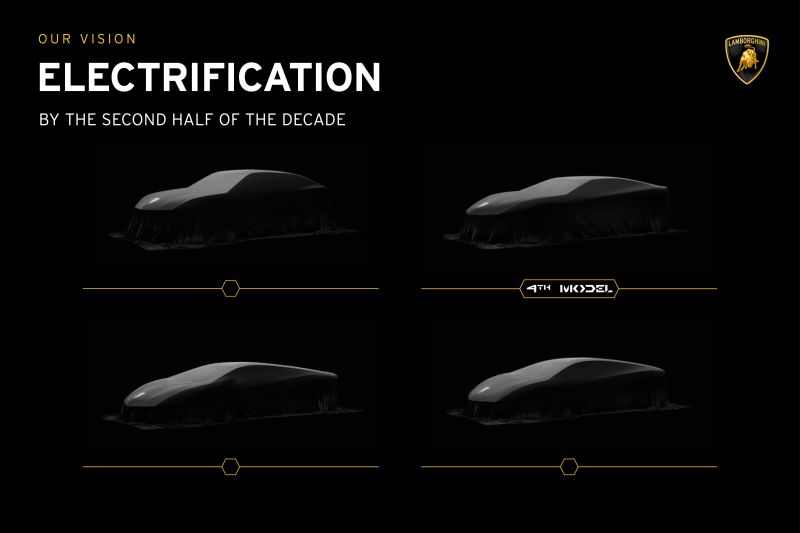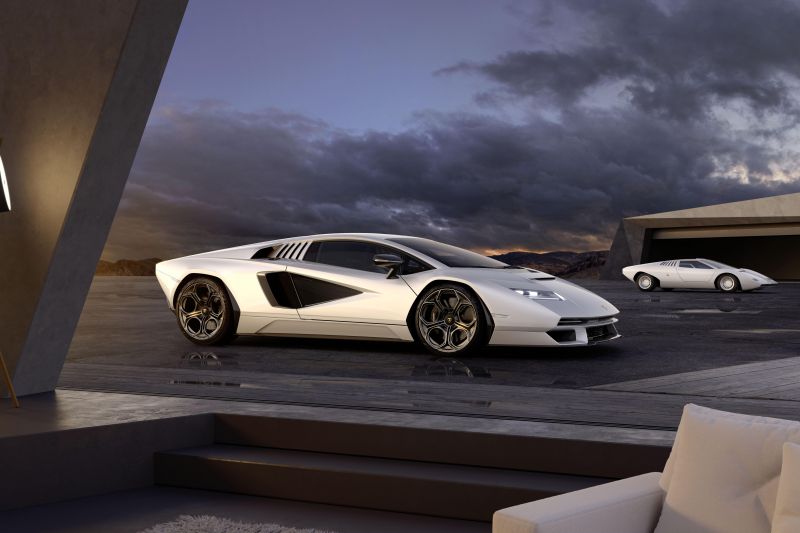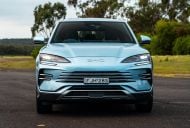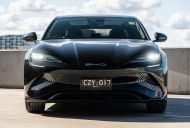Lamborghini had its best year ever in 2021.
The Italian brand delivered 8405 cars worldwide, with sales up by 13 per cent.
Unsurprisingly, an SUV is driving growth. The Urus accounted for 5021 of those deliveries, more than the Huracán (2586) and Aventador (798) combined.
The company says there was double-digit growth in all three of its established ‘macro-regions’: America (up 14 per cent), Asia Pacific (up 14 per cent) and EMEA (Europe, Middle East and Africa, up 12 per cent).
These three regions accounted for 35 per cent, 27 per cent and 39 per cent of Lamborghini deliveries, respectively, according to Lamborghini – though this equates to 101 per cent all up.
The Urus is helping the brand’s standing in China, which became Lamborghini’s second largest market with 935 deliveries, up 55 per cent.
The US continues to be the brand’s largest market, with 2472 deliveries (up 11 per cent), with Germany in third (706, up 16 per cent) and the UK in fourth (564, up nine per cent).
Its home market of Italy was further down with 359 deliveries (up three per cent).
In Australia, Lamborghini sold 131 vehicles, up 18 per cent. Despite the addition of the Urus, Lamborghini couldn’t edge past Ferrari (194 sales) or Aston Martin (140).
“We are stronger than ever as we prepare to embark on a period of profound transformation and move towards an even more sustainable future,” said Lamborghini CEO Stephan Winkelmann.
“In 2022 we’ll be doing our utmost to consolidate the current performance and get ready for the arrival of our future hybrid range from 2023 onwards.”
Lamborghini introduced three new products in 2021: the Huracán STO, the Countach LPI 800-4, and the Aventador Ultimae, the latter of which was a final series for Lamborghini’s V12 flagship.
It’ll unveil four new products over the next 12 months, though this figure likely includes derivatives of existing models.
Beyond that, Lamborghini intends to launch its first hybrid in 2023 and have its entire range electrified by the end of 2024.
The Aventador replacement – which will offer a plug-in hybrid powertrain – isn’t expected until 2023.
A Urus update is, however, has been confirmed for 2022. Both higher performance and hybrid variants of the Urus are expected to be introduced.
The company is investing €1.5 billion (A$2.34 billion) over a four-year period in what it’s billing its hybrid transition, which it says is the largest investment in its history.
In the second half of this decade, Lamborghini will launch its first electric vehicle, which will become a fourth model line for the brand.
Lamborghini has teased the silhouette of the car – not to be confused with teasing the Lamborghini Silhouette – and it’ll reportedly be a 2+2 grand tourer.
The electrification of the line-up will help improve fleet emissions; the company is aiming to cut CO2 emissions by 50 per cent from 2025 onwards.
In 2020, Lamborghini was the brand with the greatest variance between its CO2 emissions and its emissions target under the Federal Chamber of Automotive Industries’ voluntary CO2 Emissions Standard.
The company has already been tackling the issue of sustainability, with its Sant’Agata Bolognese headquarters becoming carbon neutral in 2015.
That includes the production lines, even after their expansion to include the Urus.
Lamborghini wasn’t the only high-end brand to set a new record in 2021.
Rolls-Royce recorded its highest sales ever, moving 5586 vehicles globally in 2021.
This surpassed 2019’s previous high water mark and was up 49 per cent on 2020.

